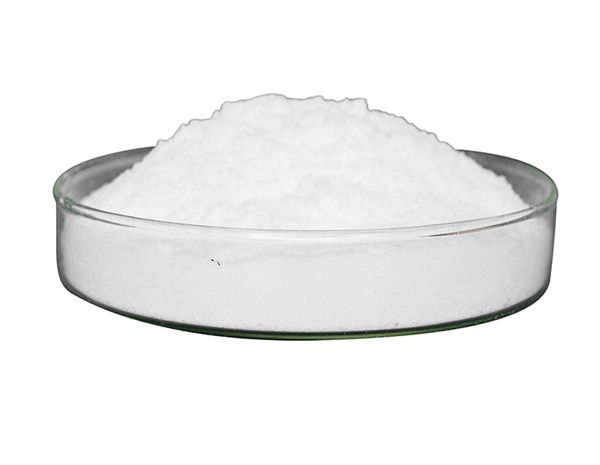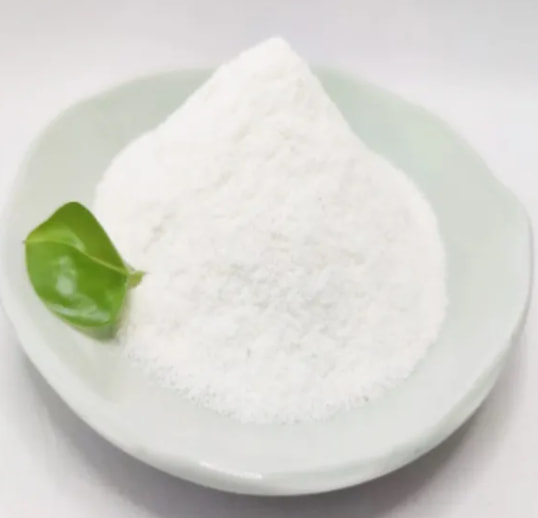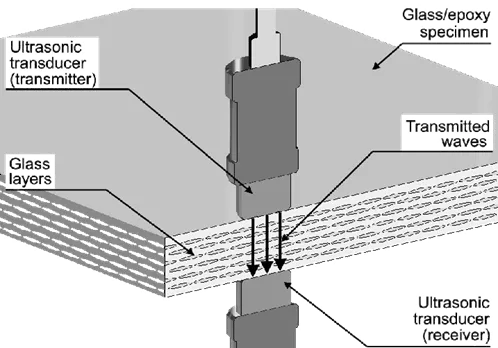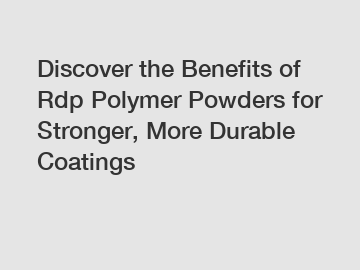Printable Vinyl vs Sticker Paper, Explained
Stickers make great marketing materials. They are one of the oldest ways of advertising, after all. Stickers have been used to spread the word by politicians, brands, small businesses, and more. Many companies hand out free promotional stickers to market their services, product, or just their overall brand. Stickers are eye-catching and can be placed in prime locations to grab the attention of your audience. That makes them an ideal form of marketing.
If you are considering investing in stickers, you may find yourself overwhelmed by all of the options. What material should you choose? Do you want them laminated? Should you get them on a roll or sheet? And so on.
Your decisions can make a considerable difference to the longevity and appeal of your sticker. The debate of printable vinyl vs sticker paper is particularly noteworthy. This critical decision hinges on where and how you plan to use your stickers.
Today, we’ll help you narrow down some of these choices, and give you a quick primer on some of the most common questions, like “what are vinyl stickers used for” and how do you create unique shapes?
Follow Printivity’s guide to the perfect custom sticker to help you create the perfect one for your needs.
Material matters
The most important part of designing your sticker is figuring out what material you should use. The material you choose will determine the lifespan of your sticker. The sticker material refers to the layer your design is printed onto. When it comes to stickers, there are two main types of material you can choose from, paper or vinyl. Though paper and vinyl are both viable options, there are pros and cons to both materials. It all depends on how and where you intend to use your stickers.
Printable Vinyl vs Sticker Paper
The sticker world boasts a diverse range of options, but when considering the difference between printable vinyl and sticker paper, these two materials consistently emerge as popular choices. Each has unique strengths that cater to different projects and applications.
What is Vinyl Sticker Paper?
Regarding the core behind what’s a vinyl sticker, it’s a champion against water, UV rays, and frequent handling. With compatibility with most inkjet printers, it delivers vibrant colors, adding a professional touch to your designs. Printable vinyl is a good option if your project necessitates outdoor use or will face regular handling.
On the flip side, printable sticker paper is a cost-effective alternative for indoor applications. It offers versatility through a myriad of finishes and textures. However, sticker paper may be more vulnerable to moisture and extensive handling compared to vinyl.
When pitting printable vinyl vs printable sticker paper, the ultimate decision is shaped by your specific needs. Do you want the long-lasting resilience of vinyl, or the budget-friendly, adaptable nature of sticker paper for your new indoor projects? Both materials provide valuable benefits in crafting your custom stickers.
Additionally, alternatives beyond vinyl and paper exist:
- Polypropylene (BOPP) stickers, known for their strength, clarity, and resistance to water and oils, makes them ideal for labels.
- Polyester stickers, durable and water-resistant, work well in harsh environments. The difference between vinyl and plastic stickers lies primarily in that plastic stickers tend to be more rigid and are often used for specific applications like product labeling.
- Static cling decals, made from a thin vinyl film, are perfect for temporary signage due to their repositionable nature.
- Foil stickers, adorned with a thin layer of metal foil, offer a unique shiny appearance often used for decorative purposes or high-end product labels.
It should be noted that these stickers are used with a specific intent in mind, and for most projects, you will typically have to decide between printable vinyl
What are Paper Stickers
Paper is best for short-term or indoor use as paper stickers are not waterproof or as resistant as plastic. The draw to using paper is that they are low cost, easily recyclable, offer a variety of textured finishes, and work well on product packaging or labeling. However, paper stickers are prone to fading, scratching and ripping easily, and are easily ruined when they come into contact with liquid. Paper stickers may be more cost-effective. However, if you intend to use these outdoors or on items that will be handled often, you are better off investing in vinyl if you have the budget.
How to Tell If a Sticker is Vinyl or Paper
Vinyl stickers are durable and hard-wearing. They do not fade, tear, or ruin when coming into contact with liquid. Vinyl stickers usually have a smoother, shinier texture and are flexible enough to stick to a curved surface. Paper stickers have less sheen and are prone to wear and tear.
Printable Vinyl vs Sticker Paper: Which is Best?
Your choice between printable vinyl vs sticker paper will play a significant role in your sticker’s performance. After all, vinyl stickers can withstand elements and retain their vibrancy much longer than paper stickers do. If you’re leaning toward vinyl, you may also be wondering, “What are vinyl decals?” Unlike traditional stickers, vinyl decals are typically designed to be transferred from one surface to another. They are often adhered to a paper backing and covered with transfer tape.
Related articles:What is The Difference Between Caustic Soda Pearls and Caustic Soda Flakes?
How is Copper Sulphate Used on Plants?
11 things you should know about Acrylic Emulsion
What is Hydroxy Ethyl Cellulose (HEC)?
Introduction to CAS 2381089-83-2 LY3437943 Wholesale high purity
Is liquid adhesive strong?
What is the spray adhesive used for embroidery?
While vinyl stickers are more durable than paper, they are still flexible and able to stick on curved surfaces. Vinyl seems to be the clear winner when it comes to material. But if you are just planning to use the stickers for product packaging or labeling, you can get away with paper stickers.
To laminate, or not to laminate
When you order stickers, you often have the option to have them laminated. Opting for lamination on your stickers makes sense depending on how you plan to use your stickers. If you intend to use them outdoors, in places that are prone to stretching, rubbing, or held repeatedly (such as on the back of a phone or laptop), or if you want to convey a sense of quality, you may want to opt for lamination. An extra layer of laminate makes your sticker thicker than normal, making them feel sturdy and durable. Keep in mind that adding a layer of laminate will increase the cost. So if you are on a budget, you may want to skip this layer.
Individually cut, sticker sheets, or sticker rolls?
Stickers come in a few formats, individually cut, sticker sheets, or on sticker rolls. The format you want your stickers in really depends on how you plan to use them. If you plan to give your stickers away at events, sell them, or apply them to your product packaging, individually cut stickers are the way to go. You can often purchase these in small quantities, and they come in a kiss-cut or die-cut. Individual cut stickers can come in any shape you want. But the difference between die-cut or kiss-cut is that kiss-cut only cuts through the first layer and die-cut stickers cut through both the sticker and the back paper layer.
If you plan to apply hundreds, or even thousands, of stickers to products or packaging, sticker sheets would be your best option. Stickers on sticker sheets are kiss-cut through the sticker layer but remain on the backing paper in sheet format, which makes them very easy and quick to remove.
Similar to sticker sheets, sticker rolls are ideal as they are easy to apply. Rolls are especially useful if you are applying your stickers automatically/semi-automatically with a machine or dispenser. If you have a machine to apply stickers, you should opt for stickers on rolls as this is easily the fastest way to apply stickers.
Printing with Printivity
Printivity offers a variety of options when it comes to printing stickers, allowing you to print the perfect stickers for your needs. With a variety of shapes, sizes, materials, and coating options, you can find stickers that are durable and perfect for any location. While any item that is exposed to the elements for extended periods will experience wear, Printivity offers white vinyl stickers with lamination. Which extends their lifespan and allowing them to last over a year in a moderate climate.
If you have any questions, or you are ready to start your order, contact Printivity at 1-877-649-5463.
When it comes to using stickers, the main debate is on the materials used. Stickers can either be paper or vinyl stickers. Each category has unique features and advantages over the other. The choice you make will depend on what your requirements are. Here is a descriptive comparison of the two including features, differences and where to use them
Features of paper stickers
Paper stickers like the name suggest are made of thin sheets of paper. Some of the crystal features of these stickers include the following
Made of very thin low profile materials
They add exceptional excellent finish quality especially to packaged boxes and products
They can use gloss or matte paper finish
Require no laminate
The major concern about paper stickers is their vulnerability to the elements (weather, seasonal temperature changes, moisture). They will also fade fast and are difficult to maintain. With no laminate to protect the surface, scratches, rubs and writings can quickly damage the quality of stickers.
Printable Vinyl vs Sticker Paper, Explained
Difference between Vinyl Stickers and Paper Stickers
Related articles:What Does Praziquantel Treat in Animals?
5 Uses of Benzocaine
What are the main characteristics of polypropylene fibers?
What Materials Won't Adhesive Stick To?
What Are the Benefits of Tributyrin?
Make Your Own Custom Sticker Sheets!
Questions about You Should Know about HPMC








